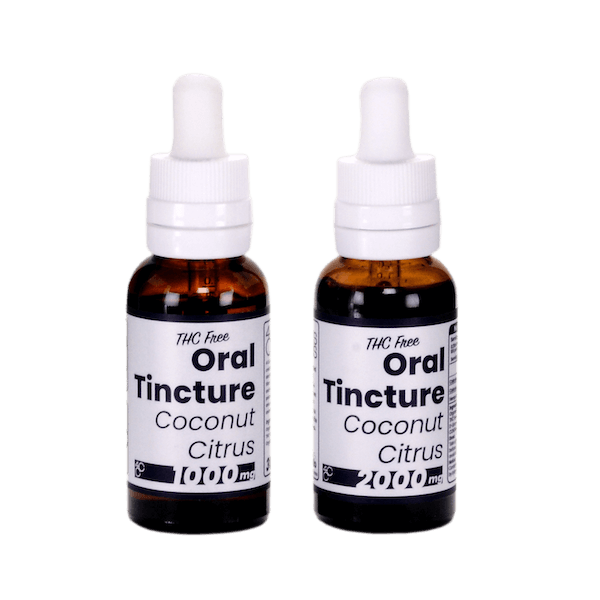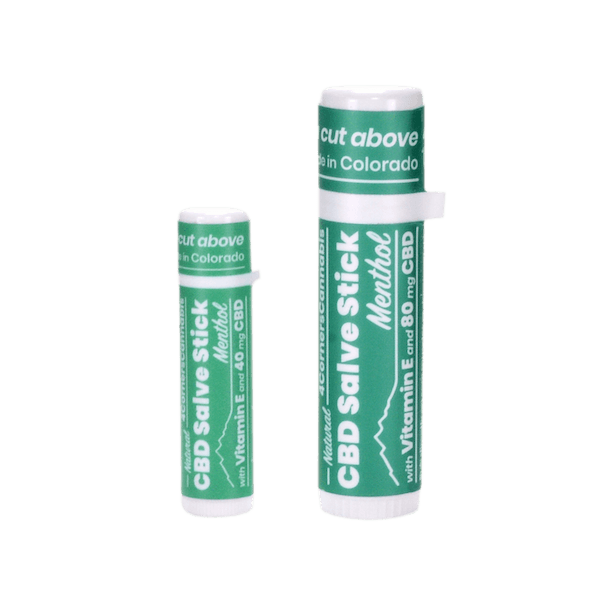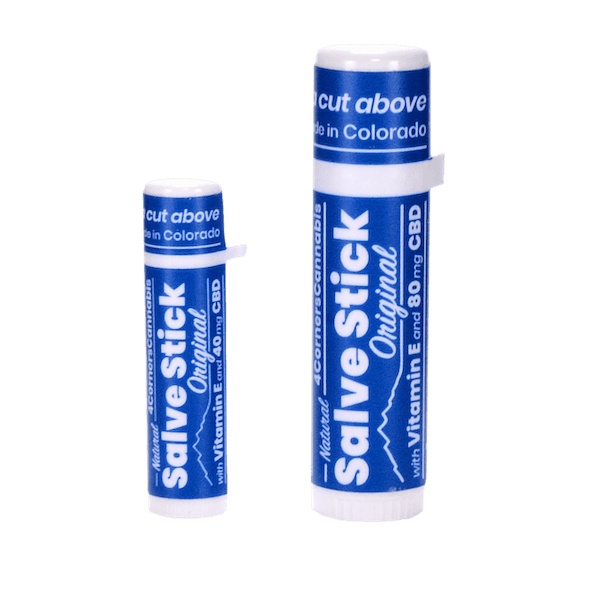We often attribute the phrase “Entourage Effect” to cannabis, but this effect isn’t exclusive to cannabis. A similar phenomenon occurs among innumerable nutritious, valuable compounds found in nature.
In full-spectrum products, we retain cannabinoids like CBD, THC, CBC, and CBG. Through this cannabinoid variety, we attempt to maximize the benefits of cannabis. If we apply the same principles to other areas of our diet, the absorption of the nutrients we ingest increases greatly.
Take curcumin, a valuable antiinflammatory compound found in turmeric, for example. When we consume turmeric by itself, our bodies only utilize about 10 percent of the available curcumin. If we simply ingest black pepper at the same time as the turmeric, our curcumin absorption increases greatly. The piperine in black pepper changes our curcumin uptake from roughly 10 percent to roughly 90 percent (on a side note, piperine has its own antiinflammatory properties as well).
This optimizes the antiinflammatory effects of curcumin for our bodies. Compounds interact in many ways though, so it’s important to know how foods can impact one another.
Antagonism
Antagonism refers to multiple compounds that, when combined, reduce the absorption of one another.
With regard to beneficial compounds, we want to avoid any compounds that antagonize them. Antagonists, in this case, limit the bioavailability of the nutrients that we do want in our bodies.
Good examples of antagonists that interfere with beneficial compounds would be “antinutrients”. These antinutrients often come from foods that simply need to be soaked, sprouted, boiled, or fermented to transform into optimal foods. Raw legumes, for instance, contain lectins in their skin that reduce nutrient absorption.
According to the Healthline article How to Reduce Antinutrients in Food, “Most of the antinutrients in these foods are found in the skin. Since many antinutrients are water-soluble, they simply dissolve when foods are soaked.” So while raw legumes contain antagonist compounds that decrease our nutrient absorption, we can optimize legumes by soaking them.
Additive Effect
Additive effects are just how they sound. When combining two additive compounds, the sum total of their effect does no more and no less than taking them separately would do. In short, neither compound affects the bioavailability of the other. The net absorption of nutrients remains the same when combining them.
Almost every compound impacts other compounds in one way or another though. This makes it very difficult to find examples of the additive effect when it comes to food.
Potentiation
Potentiation occurs when one compound would normally do very little, if anything, and another compound optimizes it. This secondary compound acts as a key, allowing us to utilize the otherwise latent effects of the former.
The black pepper/turmeric example perfectly illustrates potentiation, but we can find potentiators almost everywhere we look. Vitamin B6 maximizes the absorption of amino acids (proteins) in our diet. Lucky for us, we frequently find that vitamin B6 occurs naturally alongside amino acids in a great number of our protein sources like fish, eggs, chicken, etc.
Since it usually involves only two compounds at a time, potentiation is likely the most commonly studied of these phenomena and simultaneously the easiest to research.
Synergism
Many tout synergism as the holy grail of compound interaction, and with good reason. It’s essentially multidirectional potentiation. In other words, synergistic compounds mutually optimize the absorption of one another.
This phenomenon occurs when two or more compounds that would normally have some effect are combined, but each compound involved acts as both a key and a keyhole that optimize the full benefits of the other. This happens most frequently in naturally occurring foods, which leads us to the logical conclusion that taking things in their whole and natural form benefits us in a huge way. 4 Corners Cannabis firmly believes in the full-spectrum approach for this very reason.
In the article Matcha Green Tea: What’s Really in It?, we learn why Matcha gives us such a balanced boost. While caffeine alone energizes us, it constricts blood vessels and taxes the nervous system, ultimately resulting in an energy crash.
Fortunately Matcha also contains l-theanine which relaxes the body and nervous system without inducing drowsiness. This prevents the jitters that sometimes come from coffee consumption. On top of that, we also find theobromine in matcha. Theobromine is thought to have antiinflammatory as well as mood-boosting properties, in addition to being energizing.
The end result? Synergy. We get a boost in energy, an elevated mood, and a limber body. In other words, Matcha allows our minds and bodies to be alert and perform well without overwhelming the nervous system.
The Takeaway
While physicians should always be consulted to find the best way to tailor your diet for your specific needs, these compound interactions help us understand a bit more about how food helps or hurts our bodies. Learn more about naturally occurring compounds and check out our articles on cinnamon extract, menthol extract, and terpenes.




